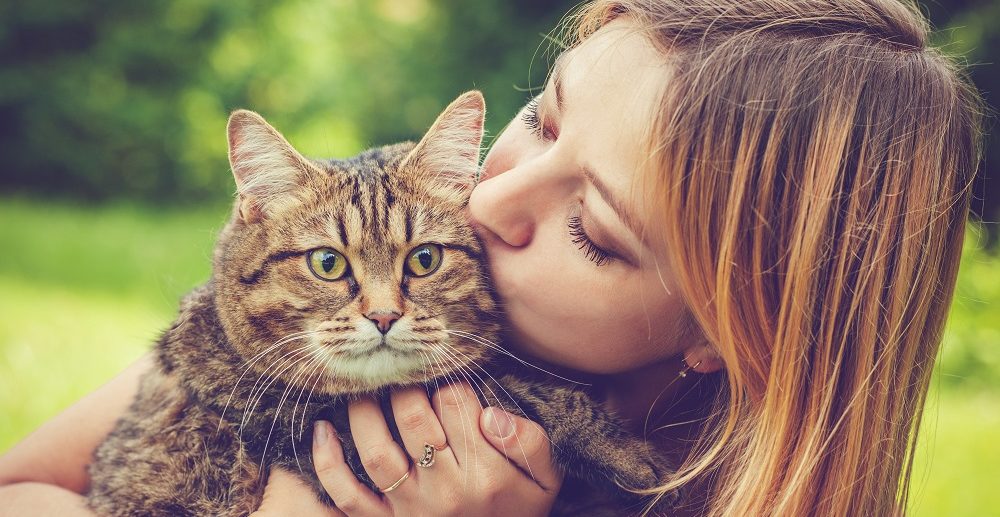
 Pain, weakness, and arthritis can make getting around difficult for pets with an end-stage medical condition. However, moving around as normally as possible is important to your pet’s well-being. You can help your pet maintain her mobility in a number of ways, including:
Pain, weakness, and arthritis can make getting around difficult for pets with an end-stage medical condition. However, moving around as normally as possible is important to your pet’s well-being. You can help your pet maintain her mobility in a number of ways, including:
